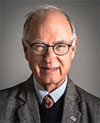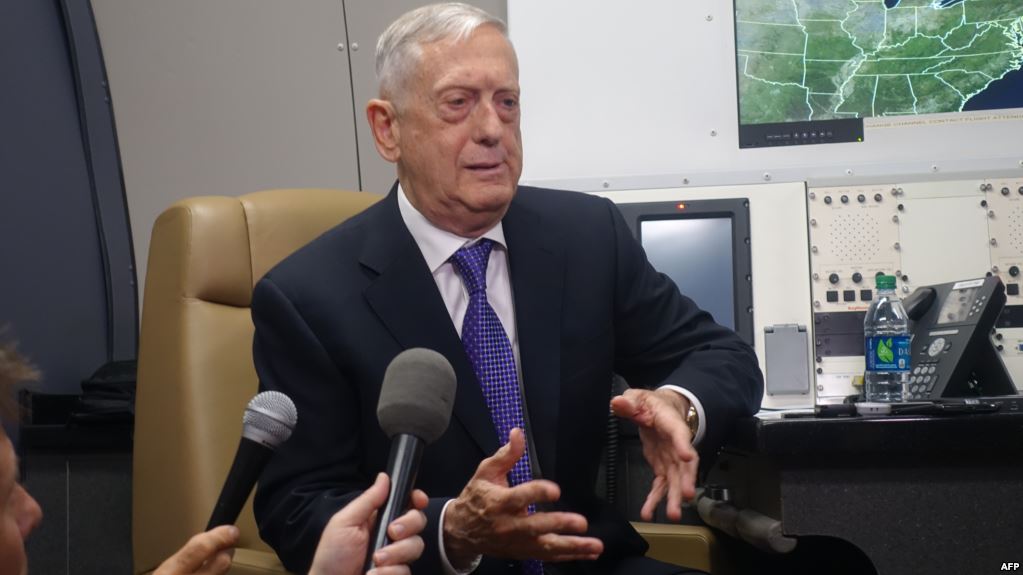Special to WorldTribune.com
 By Donald Kirk
By Donald Kirk
The U.S. Forces Korea (USFK) is going through agonizing changes. Cancellation of joint U.S.-South Korean war games is not the only sign of the shifting U.S. military role.
The USFK and the United Nations Command have just staged a colorful ceremony at Camp Humphreys, an expanding base that now accommodates 30,000 people, including troops, their families and civilian employees. The ceremony Friday marked “the grand opening” of the new USFK/UNC headquarters, which moved to Humphreys from the historic Yongsan base that was built for the Japanese who lorded it over Korea until Japan’s surrender on Aug. 15, 1945. Some of the old red brick Japanese structures are still standing ― vestiges of an era not forgotten but little remembered.

General Vincent Brooks, commander of USFK /UNC, called the occasion “an historic milestone” and the UN Command, including all 16 countries that participated in the Korean War, “living proof of the American commitment to the alliance” in defense of South Korea. The UN Command, he said, remains “the home for the international commitment with the mandate to restore peace and security.”
Brooks sought to build up confidence among America’s 28,500 troops in South Korea while Defense Secretary Jim Mattis was on a swing through the region urging China’s President Xi Jinping in Beijing to maintain sanctions on North Korea and impressing America’s regional allies, Korea and Japan, with America’s commitment. In Seoul before taking off for Japan, Mattis hailed the “ironclad” U.S.-Korean alliance despite Trump’s decision, at his summit with North Korean leader Kim Jong-un in Singapore, to call off joint U.S.-South Korean military exercises.
If the mission of U.S. forces in Korea remains unchanged, however, their public image will never be the same. Far from the boisterous, vibrant scene around Yongsan, Camp Humphreys, once a secondary support base, exists largely unseen on the outskirts of Pyeongtaek, a commercial center tucked on the west coast 40 miles southwest of the capital.
Now Humphreys, named for a pilot who died in a helicopter crash, is the largest U.S. base overseas, a sprawling military hub complete with an airfield, schools, recreation facilities, rows of modern buildings and a mall packed with shops and restaurants catering to transplanted Americans yearning for the comforts of home. Incredibly, the base is still growing, absorbing most of the 2nd Infantry Division (2ID) from Camp Casey on the invasion route down which North Koreans poured 68 years ago this week. The 2ID headquarters at Camp Red Cloud in Uijeongbu just north of Seoul is moving there too.
If the Yongsan base in the heart of Seoul was highly visible evidence of the U.S.-Korean alliance, Camp Humphreys is living proof of the desire to keep American forces out of sight and out of mind. So distant is the base from Seoul that few outside the nearby community will happen to see it. Nor are young soldiers hanging out that much in local bars and clubs. They may still venture into Pyeongtaek or up to Seoul, but they can also find plenty of amenities on base to keep them busy off-hours.
Concentration of all these forces in one place, however, raises an interesting problem. Humphreys, and nearby Osan Air Base, are well within striking distance of the shortest-range North Korean missiles. Sprawled over thousands of acres, they offer massive targets for the most inaccurate shots. Might isolation breed a false sense of security?
Behind high walls, topped with barbed wire, Humphreys seems a world apart from its surroundings. Perhaps that’s just as well. Assaults by military people on Koreans are less frequent than in the past when notorious cases inspired headlines, protests and calls for the Americans to leave. Now military commanders worry more about assaults by “blue on blue,” Americans on Americans.
Still, you have to wonder how difficult it might be to defend the base if hostile forces poured south largely unimpeded by the “tripwire” formed by 2ID between Seoul and the North-South line 40 miles to the north.
Trump sees such concerns as irrelevant in this new “era of peace.” Why else would he be calling off “war games” staged by U.S. and South Korean troops? Mattis while visiting will be talking to commanders about how best to keep the troops in fighting trim.
Like the move of the USFK and U.N. commands south, suspension of joint exercises brings an era to an end. Commanders may pressure for war games to resume when and if Trump is made aware that Kim has no intention of giving up his precious nukes.
That controversy is obviously more important than transfer of the USFK/UNC command headquarters from Yongsan. Resumption of war games would surely inspire a terrific rhetorical outburst from North Korea and shrill protests from South Koreans with visions of “complete denuclearization” on the way to a “peace treaty.”
At some stage, if tensions boil over, this concentration of power in one place would invite attack. The North Koreans would not have to invade. A sitting duck, Humphreys would be vulnerable to missiles and even possibly long-long-range artillery from above the North-South line. Trump probably did not have that danger in mind when, echoing his tete-a-tete with Kim Jong-Un, he denounced critical war games as “provocative.”
Donald Kirk has been covering war and peace in the region for decades.
